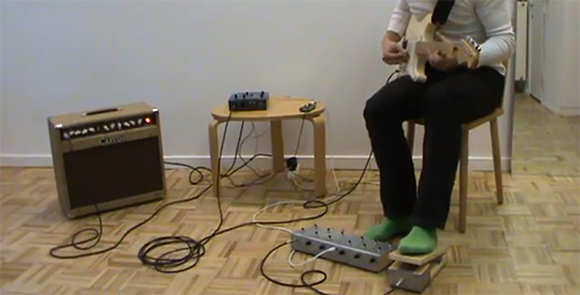
The Federal Trade Commission really doesn’t like robocalls and other telephone solicitors selling you vinyl siding or home security upgrades. The FTC is even offering $50,000 to anyone who can do away with these robocalling telemarketers, and [Alex] looks like he might just claim the prize. He developed The Banana Phone, a device that eliminates those pesky telemarketers.
The basic idea of the Banana Phone is requiring callers to enter a four-digit pass code (played via text to speech over a relevant song to prevent a bot from getting through) before connecting them to the main line. Once a caller has been verified as human, their number is added to a white list so they won’t have to listen to [Raffi] every time they call.
The Banana Phone uses off-the-shelf parts including a Raspberry Pi and a phone/Ethernet adapter with the total build cost under $100. You can check out a demo of the Banana Phone in action after the break starting at about 2:25.
Continue reading “Getting Rid Of Telemarketers With A Banana Phone”
















